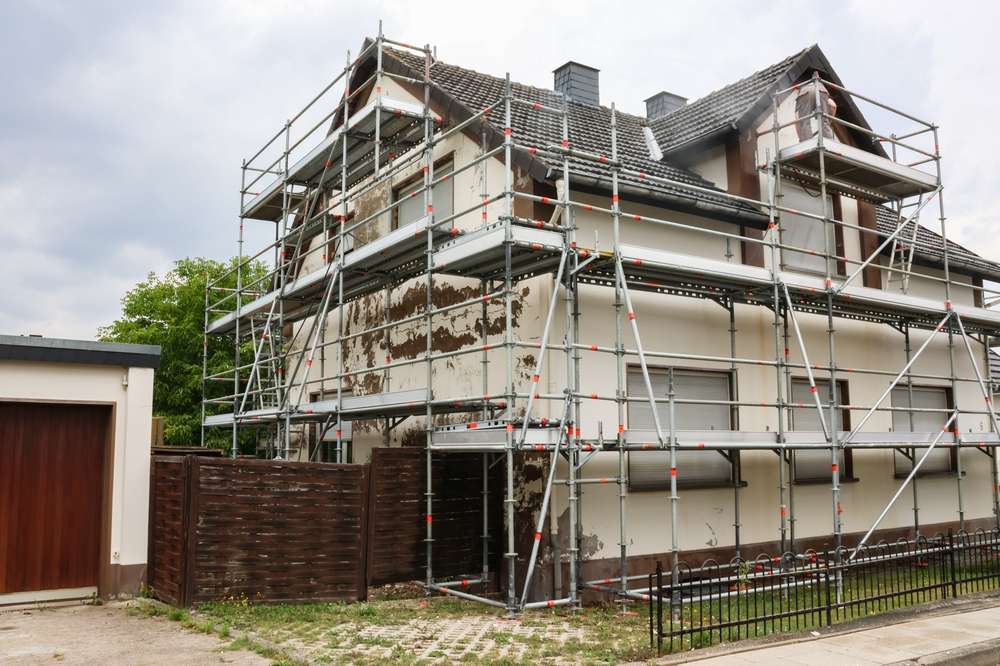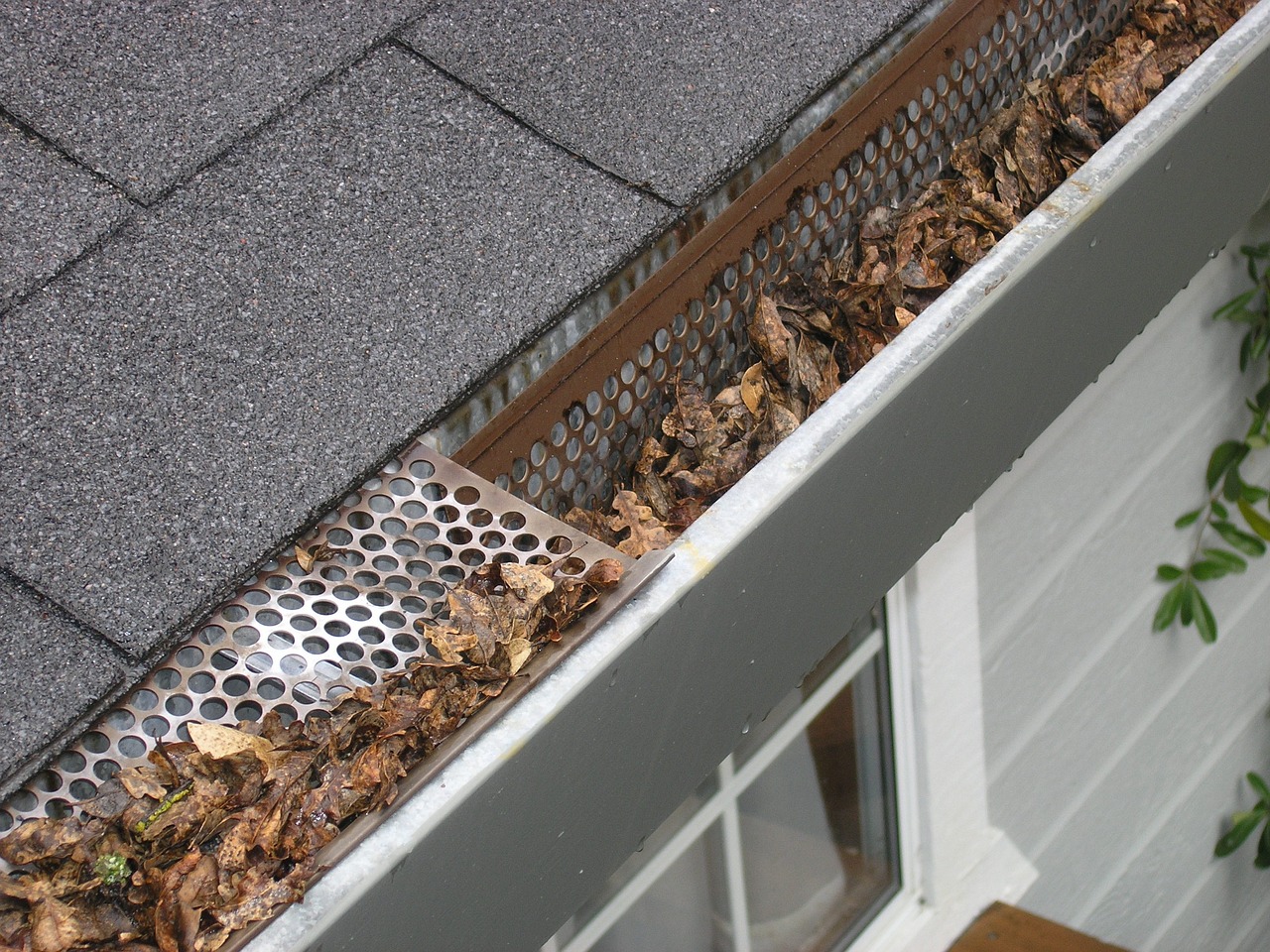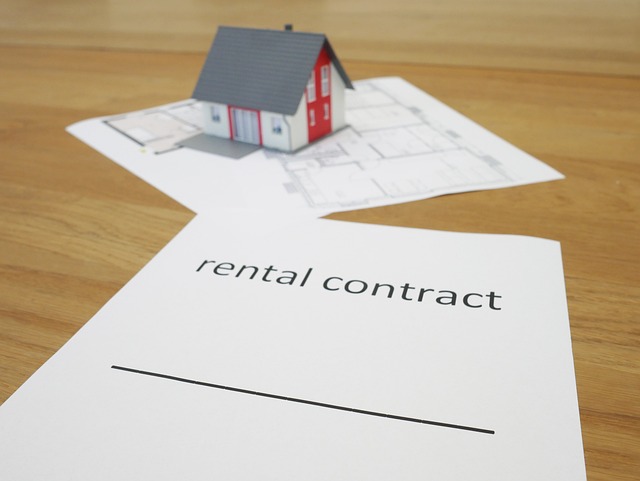Unlocking the Potential of Abandoned Houses: A Comprehensive Guide
Abandoned houses, often overlooked and forgotten, can present unique opportunities for investors, homebuyers, and community revitalization efforts. These properties, left vacant for various reasons, have the potential to be transformed into valuable assets. This article explores the world of abandoned houses, their causes, investment potential, and the due diligence required to assess these hidden gems.

Discover Hidden Gems: What Are Overlooked Properties?
Overlooked properties, particularly abandoned houses, are residential structures that have been left unoccupied and neglected for an extended period. These buildings can range from run-down urban dwellings to rural farmhouses that have fallen into disrepair. Often, these properties are not actively marketed and may be hidden from traditional real estate listings. They can be found through local government records, tax auctions, or simply by exploring neighborhoods with signs of neglect.
Abandoned houses may offer significant value for those willing to invest time and resources into their restoration. They can be purchased at lower prices compared to maintained properties in the same area, potentially leading to substantial returns on investment. However, it’s crucial to understand that these properties often come with unique challenges and risks that must be carefully evaluated.
Why Do Homes Get Forgotten? Common Causes Revealed
Several factors contribute to houses becoming abandoned and forgotten. Understanding these causes can help potential investors or buyers assess the risks and opportunities associated with these properties:
-
Financial distress: Homeowners may abandon their properties due to inability to pay mortgages, taxes, or maintenance costs.
-
Legal issues: Complicated ownership disputes, probate processes, or foreclosures can leave houses in limbo for extended periods.
-
Natural disasters: Homes damaged by floods, fires, or other natural events may be abandoned if owners lack the resources to repair them.
-
Demographic shifts: Changes in population or economic conditions in an area can lead to widespread property abandonment.
-
Health and safety concerns: Severe structural issues or environmental hazards may force occupants to leave their homes.
Identifying the root cause of abandonment is crucial for assessing the potential for rehabilitation and the likelihood of encountering legal or financial obstacles during the acquisition process.
Unlock Value: Advantages of Investing in Forgotten Houses
Investing in abandoned houses can offer several advantages for savvy investors and homebuyers:
-
Lower purchase prices: Abandoned properties are often sold at significantly reduced prices compared to maintained homes in the same area.
-
Potential for high returns: With strategic renovations, these properties can see substantial increases in value.
-
Opportunity for customization: Extensive renovations allow investors to tailor the property to current market demands or personal preferences.
-
Community improvement: Restoring abandoned houses can contribute to neighborhood revitalization and increased property values in the surrounding area.
-
Tax incentives: Some jurisdictions offer tax breaks or grants for rehabilitating abandoned properties.
While the potential rewards can be significant, it’s important to carefully weigh these advantages against the risks and challenges associated with abandoned property investments.
Assessing Overlooked Properties: Your Due Diligence Guide
Thorough due diligence is essential when considering an investment in an abandoned house. This process should include:
-
Title search: Ensure the property has a clear title and identify any liens or encumbrances.
-
Structural inspection: Assess the condition of the foundation, roof, walls, and other critical components.
-
Environmental assessment: Check for hazards such as asbestos, lead paint, or soil contamination.
-
Zoning and permit research: Verify that planned renovations comply with local regulations and obtain necessary permits.
-
Market analysis: Evaluate the potential resale value or rental income based on local real estate trends.
-
Cost estimation: Obtain detailed quotes for necessary repairs and renovations.
-
Legal consultation: Seek advice on potential legal issues related to the property’s history or acquisition process.
Conducting thorough due diligence can help investors avoid costly surprises and make informed decisions about the viability of an abandoned house investment.
Maximizing ROI: Pricing, Condition, and Investment Strategy
To maximize return on investment when dealing with abandoned houses, consider the following strategies:
-
Accurate pricing: Carefully assess the property’s current condition, renovation costs, and potential market value to determine a fair purchase price.
-
Prioritize repairs: Focus on essential structural and safety improvements before cosmetic upgrades.
-
Energy efficiency: Incorporate energy-saving features during renovation to increase long-term value and appeal.
-
Target market research: Tailor renovations to meet the demands of potential buyers or renters in the area.
-
Financing options: Explore specialized renovation loans or government programs for abandoned property rehabilitation.
-
Exit strategy: Determine whether to flip the property, rent it out, or use it as a primary residence based on market conditions and personal goals.
| Investment Strategy | Typical Condition | Estimated ROI Potential | Recommended Buyer Profile |
|---|---|---|---|
| Fix and Flip | Poor to Fair | 15-30% | Experienced Investors |
| Buy and Hold (Rental) | Fair to Good | 8-12% annually | Long-term Investors |
| Owner-Occupied Renovation | Variable | N/A (Personal Use) | DIY Enthusiasts |
Prices, rates, or cost estimates mentioned in this article are based on the latest available information but may change over time. Independent research is advised before making financial decisions.
Investing in abandoned houses can be a rewarding venture for those willing to put in the necessary work and research. By understanding the causes of abandonment, recognizing the potential value, conducting thorough due diligence, and implementing strategic investment approaches, investors can transform forgotten properties into valuable assets. However, it’s crucial to approach these investments with caution, realistic expectations, and a solid understanding of the local real estate market.




